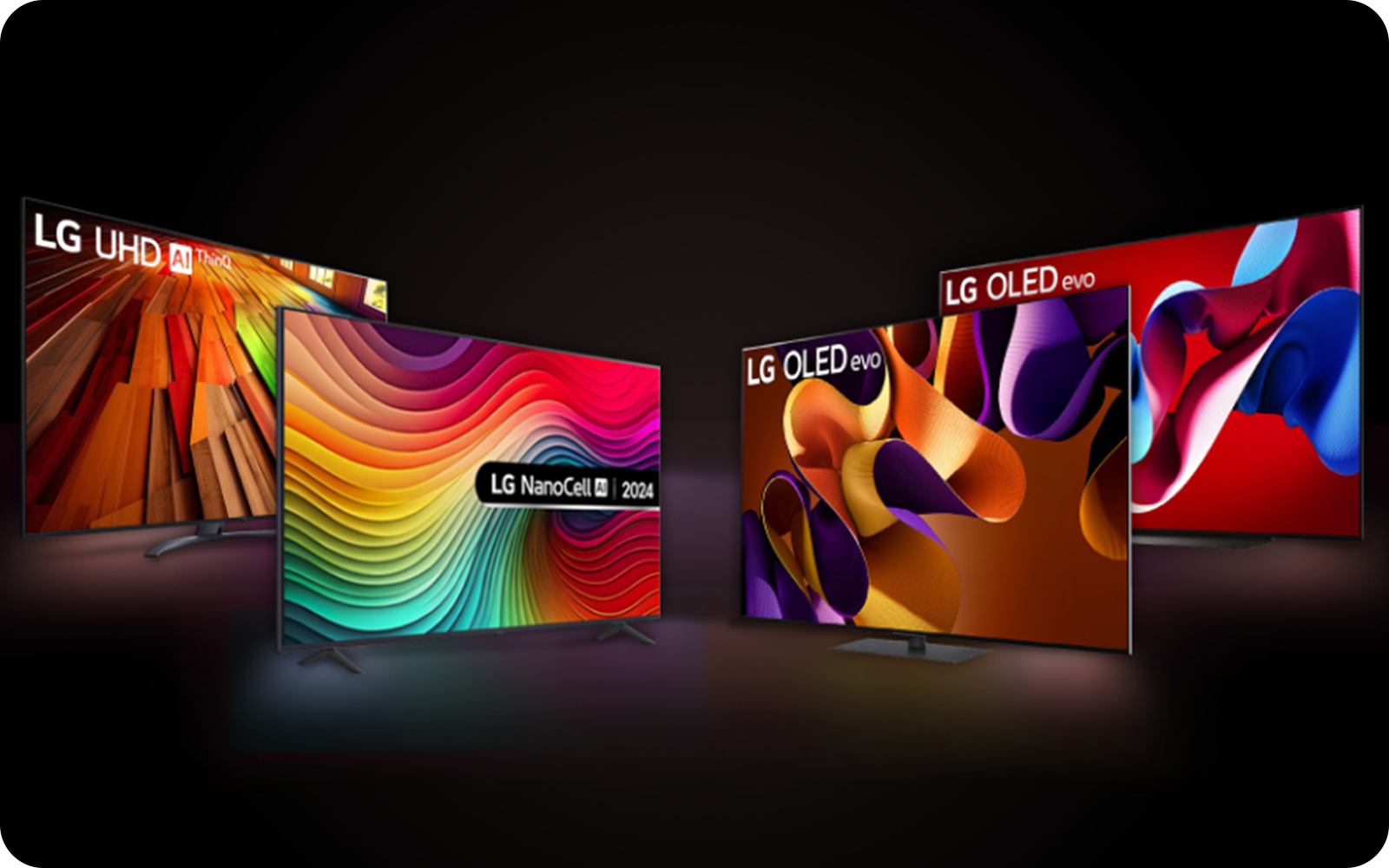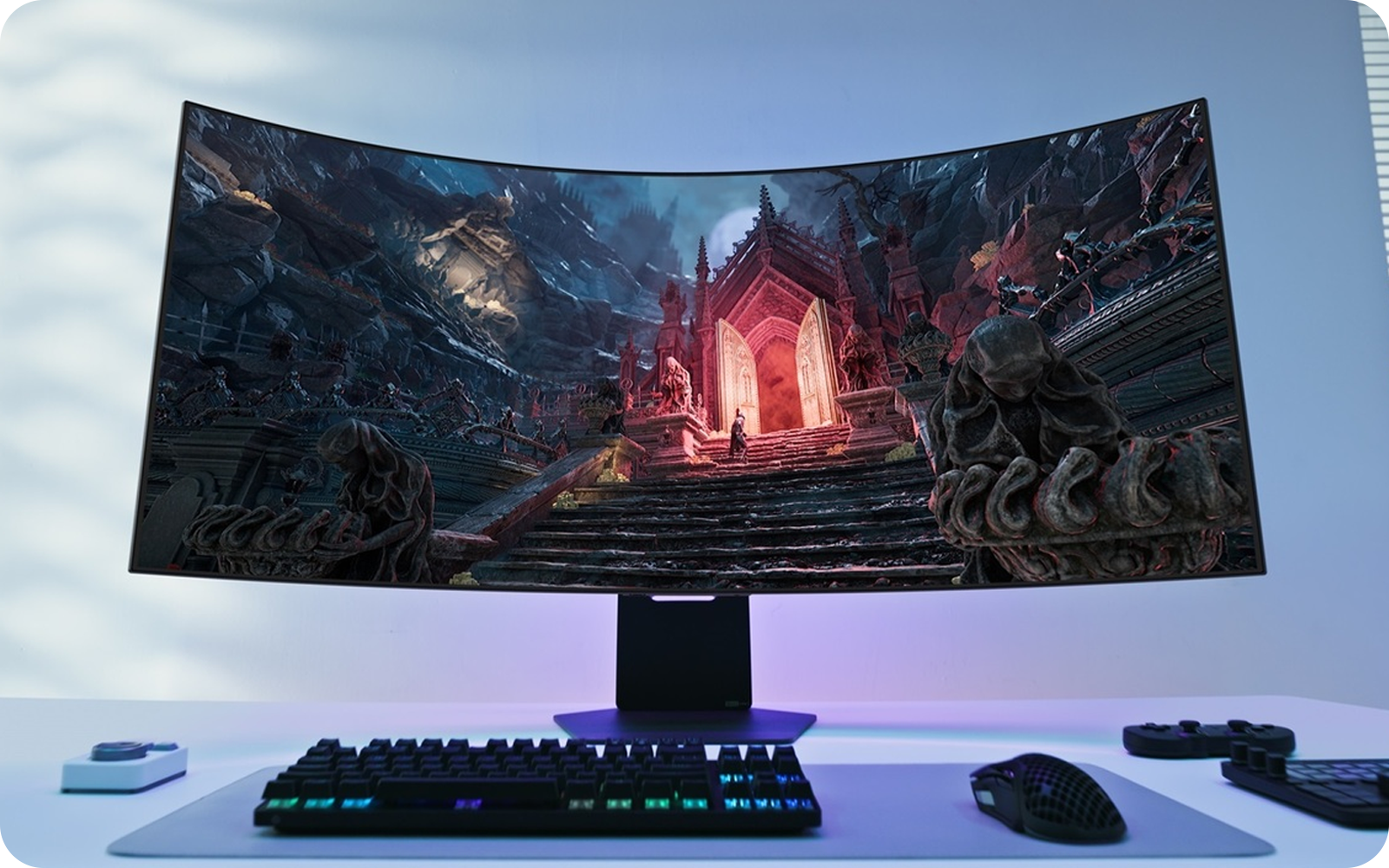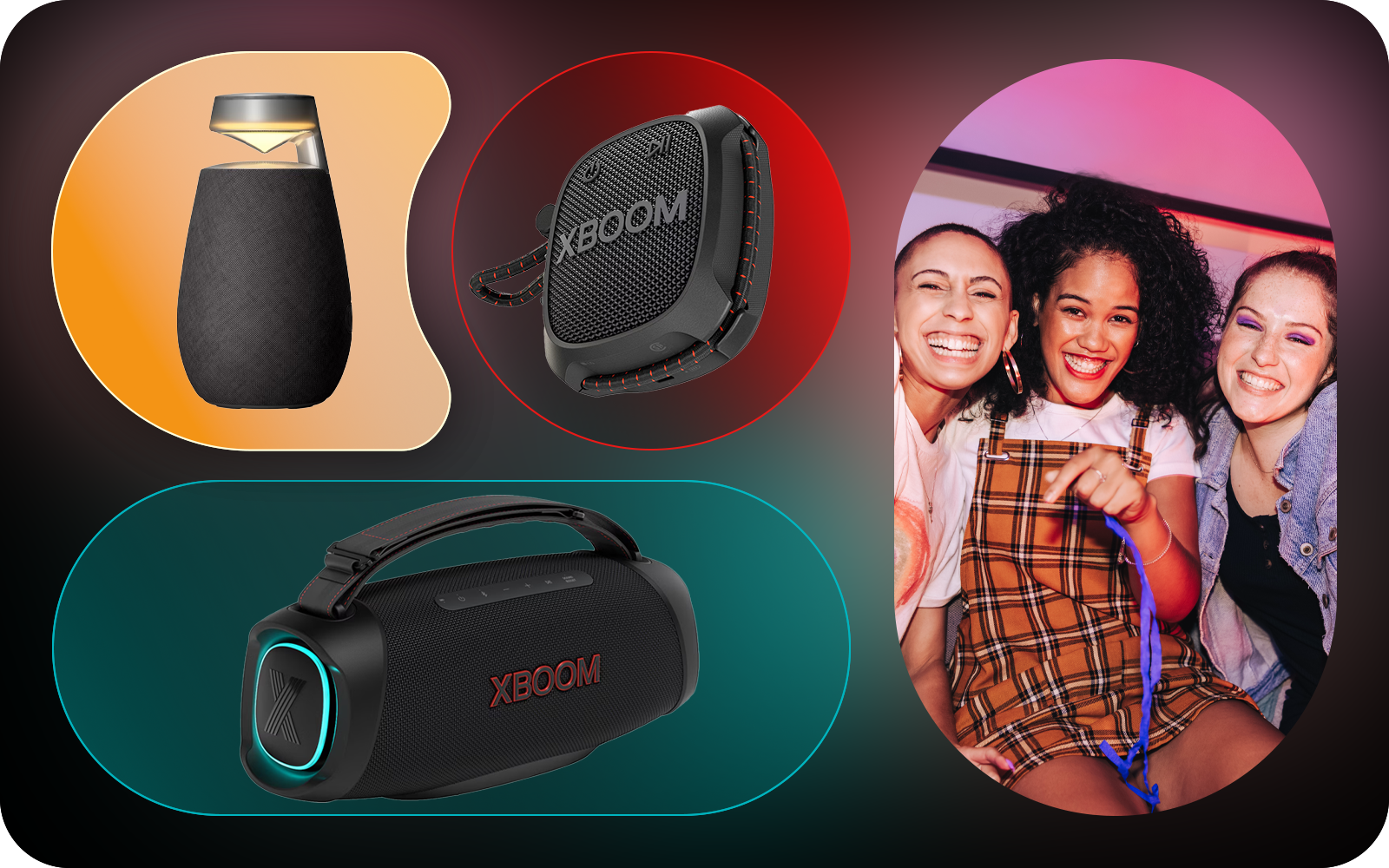We use cookies, including cookies from third parties, to enhance your user experience and the effectiveness of our marketing activities. These cookies are performance, analytics and advertising cookies, please see our Privacy and Cookie policy for further information. If you agree to all of our cookies select “Accept all” or select “Cookie Settings” to see which cookies we use and choose which ones you would like to accept.
LG LAB
Get savvy with your fridge to reduce food waste
From everyday tips to helpful info on products and food, here are ways you can reduce unwanted waste.
Make friends with your fridge
Whatever your diet — carnivore, vegan, vegetarian, flexitarian — storing your preferred food choices properly will help keep waste to a minimum, saving time and reducing your grocery bills.
Keeping the right foods in the right places can also help improve the energy performance of your fridge and freezer. From full-sized American-style fridge-freezer, to a Combi Slimline or compact under-counter refrigerator, adopting fridge-friendly habits will help you eat better and make best use of your everyday resources.
Read on to find the answers to commonly raised food storage issues and how to better organise your fridge.
What (and what not) to refrigerate
Cold air circulates best in a fridge that is not over-crowded, so keeping shelves clear will both help your food last longer and save energy. So what foods do and don’t need to be kept in the fridge?
Let’s start with the essentials. Items like eggs, preserves and relishes do not have to be refrigerated, but it can help them last longer if you won’t be using them quickly. Many refrigerator doors come equipped with an egg tray, although this is an area where the temperature can fluctuate widely. This is not the case, however, with LG’s DoorCooling™ technology which ensures all parts of your fridge are evenly cooled.
Easy-to-spoil foods like meat and fish should always be stored in the fridge. Certain fruits and vegetables like onions and tomatoes, avocado and bananas are better kept unrefrigerated.
The temperature of your kitchen and the amount of time between purchase and consumption obviously has a bearing on where you will store many foodstuffs. Apples, citrus fruit and berries will last longer if refrigerated. Returning strawberries, raspberries and blueberries to room temperature before consumption will enhance their flavour, so think ahead for best results.
Fridge temperature settings
Did you know that the temperature of your fridge can have an impact on the freshness of your food? A fridge temperature of approx. 4°C is recommended to maximise food safety and freshness. Meat and fish are in danger of spoiling if stored at a higher temperature, while fruits and vegs may freeze and become inedible if the temperature drops too low.
You can manually check your fridge temperature settings, however LG’s LINEARCooling™ system helps reduce temperature fluctuations, so you know your food is stored in optimal conditions. Our NatureFRESH™ bottom freezer delivers a precise temperature consistently, within a mere half-degree margin. Look too for the LG FRESHConverter™ compartment which allows you to set a specific temperature for the needs of individual foodstuffs such as meat or shellfish. These options, along with our DoorCooling˖™ technology, mean you can be confident that your food will be stored safely until you need to use it.
If you are wondering how to use your LG refrigerator and any of its specific settings, simply check the manual guide it came with or the ‘help’ page online.
What goes where?
Choosing the right storage spot in your fridge for different types of food is key to improving its lifespan — and boosting energy performance.
Meat and fish are best stored on the bottom shelf to prevent accidental spillage of juices onto other foods. Dairy products like cheese and yoghurt do well on middle shelves; milk and butter can be kept in the door where they are easy to grab. In many refrigerators, the door is an area where the temperature can vary but LG’s DoorCooling˖™ technology means you can be confident every area of your fridge is cooled evenly. Vegetables are pretty forgiving and can be stored in most areas of your fridge, while fruit prefers low humidity. The LG FRESHBalancer™ drawer comes with a switch for setting optimal humidity, making it the ideal place to store fruit. If you’re trying to keep food away from small, hungry hands, try putting it on a high-up shelf. Make it easier for your kids to grab healthy options like berries or carrot sticks by placing them lower down for easy access.
Best practices in storing food
Our fridges and freezers are designed to help you store food efficiently. Crisper drawers help keep fruit and vegetables fresh. Our five-bottle storage rack is a space-saving spot for wine or mineral water. The two-step folding shelf folds back to provide extra room for over-sized pots, cuts of meat and containers.
A well-organised fridge allows cool air to circulate freely, keeping your food fresher for longer as well as reducing energy consumption. Knowing where to find individual items in your fridge also means you are less likely to forget what you’ve got in there, minimising wastage.
Invest in a set of see-through sealable containers so you can store leftovers hygienically, and try to avoid stacking them too high. Spreading out your food will help improve the efficiency of your fridge and your storage system.
How to minimise food waste
Most of us are guilty of buying more food than we need, but there are ways to prevent those items going to waste. Try this four-step approach to food shopping and storage:
- Check your fridge before you shop to avoid duplicating items.
- Think of a meal-plan for the days ahead, using items you already have in stock and only buying extras you really need.
- If you find you have over-bought, split up your food purchases and freeze half — remember to label everything properly so you can easily identify and retrieve it later.
- Stash your food purchases swiftly on your return from the shops, especially if they are items that need to be refrigerated. This will extend the life of meat and dairy products in particular.
The LG Express Cooling feature affords a quick and powerful blast of cold air, ideal for instantly cooling new additions to your fridge. The LG ThinQ app — your reliable AI companion — allows you activate this feature from your smartphone before you even arrive back home.
Freezer storage 101
Freezer drawers can sometimes feel like less of a friend than a foe. But with a bit of organisation, you can revamp your relationship with your freezer. We suggest:
- Containers. Stackable boxes and strong plastic bags are your new best friends. Washed take-away containers are perfect for storing leftovers or extra portions of items such as stews or pasta sauces. Soup and sauces do well poured into freezer bags which can be flattened while freezing to maximise storage space. Open-freeze items like sausages, steaks and chicken breasts so you can retrieve them one at a time as required. Transfer them into labelled bags once frozen to make best use of space.
- Labelling. Is it Bolognese or chilli? Are those pieces of cod or haddock? It can be difficult to identify many foodstuffs once frozen, so label every box and bag. Some people also keep track of what’s in the freezer via a magnetic whiteboard stuck on the door.
- Storage rules. Rather than shoving everything in the freezer wherever there’s a space, allocate different areas for different foodstuffs. You might keep one shelf for breads, another for desserts, and put uncooked meat into one drawer while ready meals go in another.
- Rotation. Make sure you regularly assess what’s in the freezer and move older items to the front or top of drawers as you add new food items.
Remember: a full freezer is more energy-efficient, so if you have big gaps, fill them with ice packs or bottles of water to improve performance.









